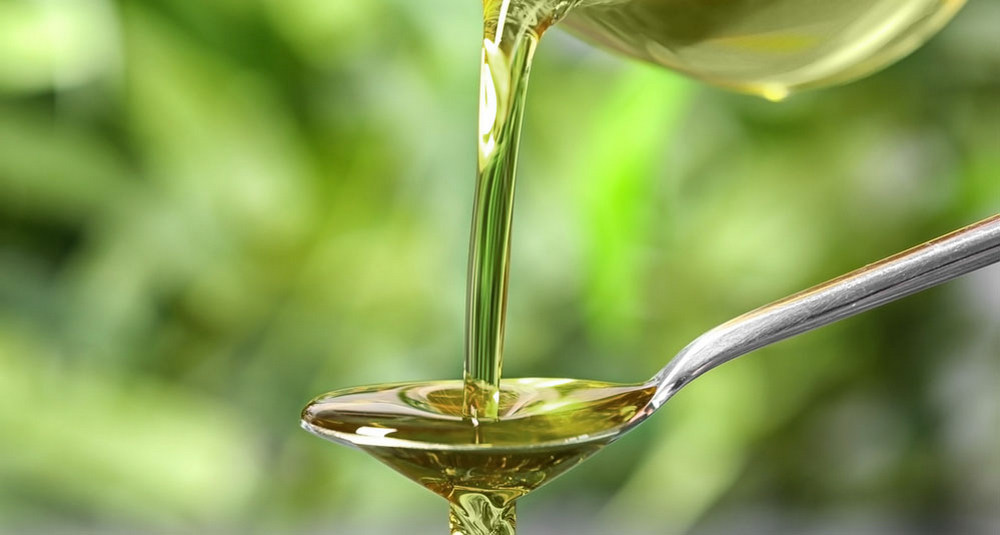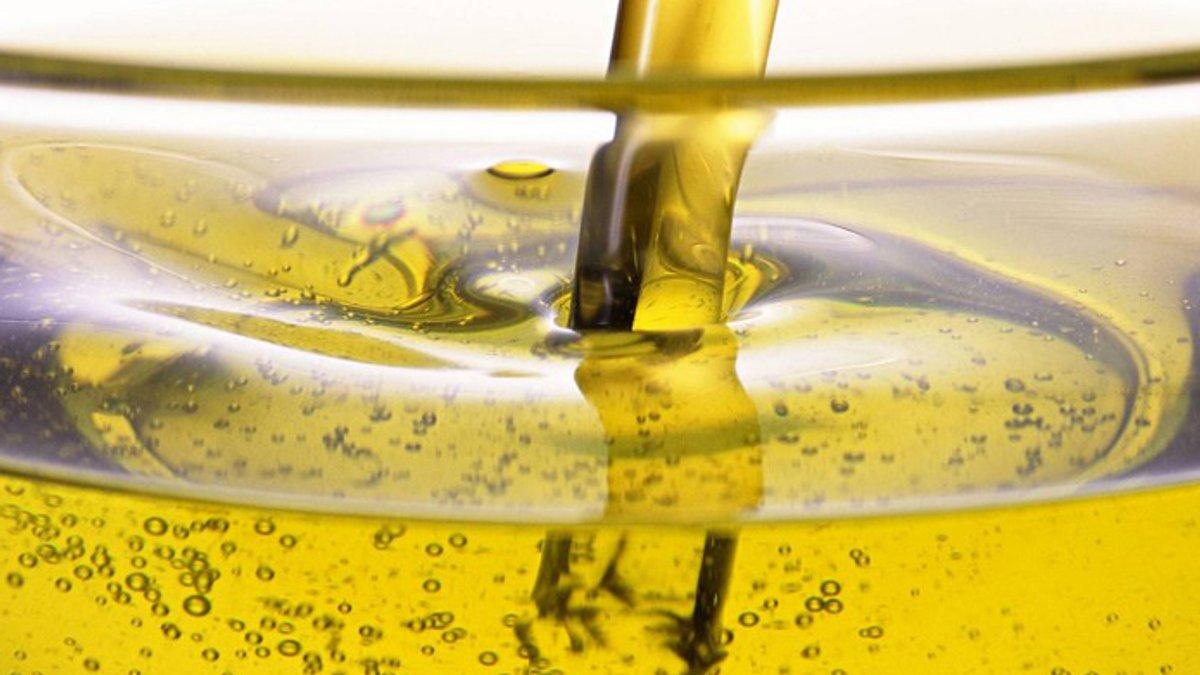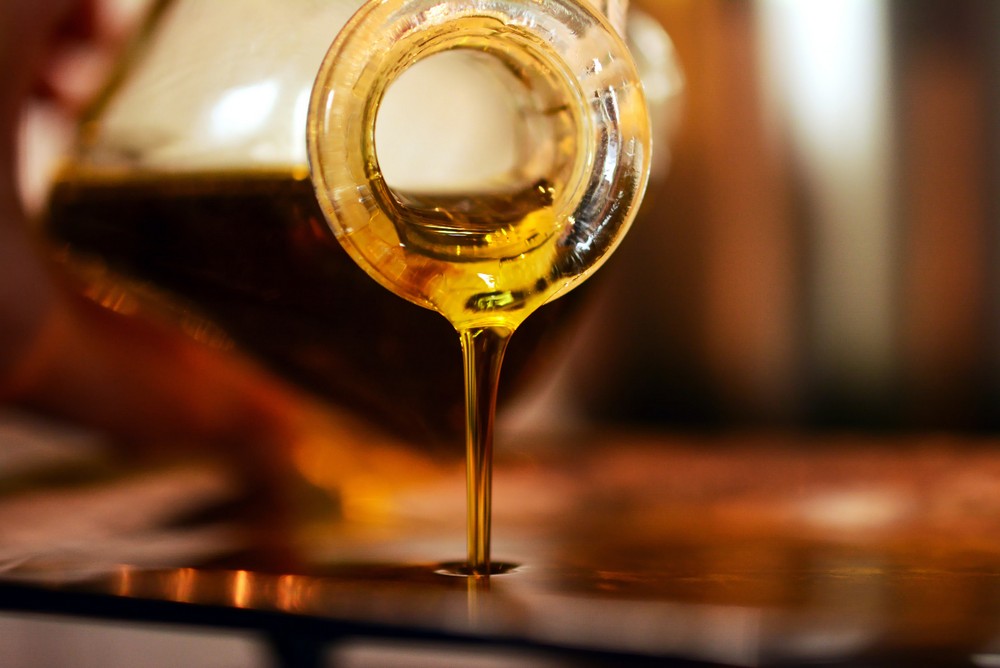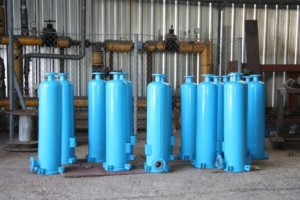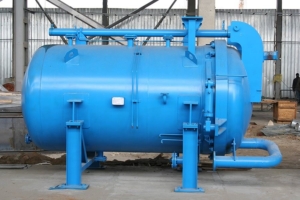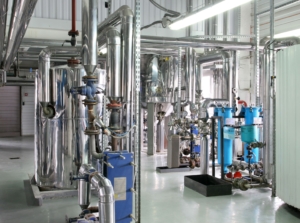Are vegetable oils obtained by means of solvent extraction method safe?
- Solvent extraction process of vegetable oils
- Main steps of solvent extraction
- Types of solvents used for oil extraction
- Safety of vegetable oil obtained during solvent extraction
- Solvent residues in the final product
- Influence on the organoleptic properties of oil
- Toxicity and safety issues
- Security measures and quality control
- Regulatory requirements and standards
- Technological methods of purification and removing solvents
One of the most efficient methods of edible oil production is solvent extraction. In this process, the oil cake, i.e. the material from which the oil is extracted, is immersed in a solvent. The combination of heat and solvents is able to separate and extract the oil from the raw material of plant origin.
The use of an extraction line allows you to get more oil from raw materials than with a technology that uses only a screw oil press, so this method is popular with manufacturers. But consumers often have a question: Is solvent-extracted oil safe? To answer this question, it is necessary to explain some details of the extraction process.
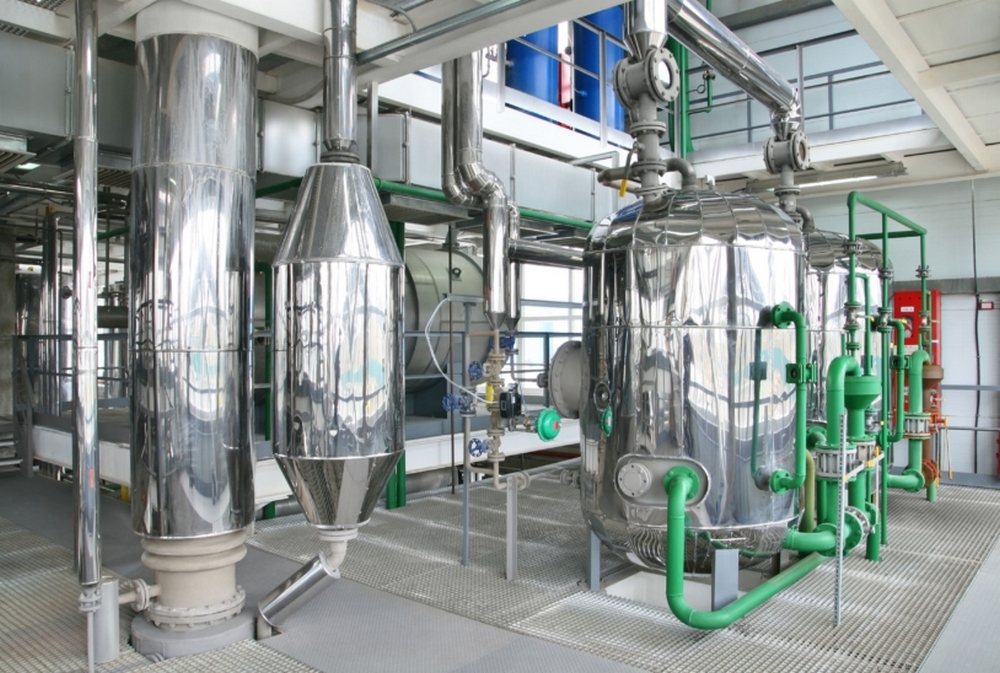
Solvent extraction process of vegetable oils
Extraction is the process of obtaining the oil from the cake using solvents. For efficient operation of the line, the seeds are preliminary pressed, which significantly increases the oil yield.
Main steps of solvent extraction
The extraction process consists of the following steps:
- The cake from the oil press is fed into the extractor.
- The solvent is preheated to 60 °C.
- In the extractor, the cake is mixed with miscella (a mixture of oil and solvent). The oil cake goes through several stages of washing with miscella, and the solvent concentration gradually increases.
- The meal is fed to the toaster, where the solvent evaporates from it.
- The concentrated miscella is fed to the first stage distiller, where the solvent evaporates.
- The miscella passes through the second stage of distillation, where it is heated with blind steam. More solvent is removed.
- The miscella passes through the third stage of distillation, where the solvent is completely removed.
- The oil is fed to the dryer, where the moisture is removed from it under vacuum.
The multi-stage process not only extracts the maximum quantity of oil from the seeds, but also removes all solvent residues.
Types of solvents used for oil extraction
Different types of solvents are used in oil production.
- Hexane is one of the most common solvents. It effectively extracts oil from the cake of various plants such as sunflower, soybean, rapeseed, olives and others. Hexane has a high solubility for fats and oils, making it effective for extraction.
- Gasoline is also used to extract oil from oil cake. The advantages of gasoline are its neutrality to the material to be extracted and its good oil dissolving ability.
- Petroleum ether, also known as diethyl ether, can be used to extract oil from vegetable material. However, its use is limited due to its high volatility and flammability.
The most popular substances for extraction are hexane and extraction gasoline.
Safety of vegetable oil obtained during solvent extraction
Solvent extraction is absolutely safe for the extraction of edible oils and animal fats. The extracted oil is safe for consumption, as the solvents are completely evaporated during the extraction process. Subsequent refining process removes all undesired chemical impurities from oil composition.
Solvent residues in the final product
The oil obtained by solvent extraction contains a small amount of solvent residue. Such oil does not meet the national standard and is not suitable for direct consumption. That’s why the extracted oil undergoes a refining process – an additional purification that removes solvent residues.
Influence on the organoleptic properties of oil
Extraction can affect the oil’s organoleptic properties, i.e. its perception by the senses. Organoleptic properties include appearance, color, odor, and taste. Here’s how extraction can affect these properties:
- Some solvents can extract pigments from plant material, which changes the color of the oil. For example, when olive oil is extracted using hexane, the color may become lighter. However, this can be reversed by further processing and purification of the oil.
- Different solvents can affect the odor and flavor of vegetable oil. For example, hexane can remove some odors and aromatic components from the oil, making it more neutral in flavor. On the other hand, some solvents, such as ethanol, can retain certain aromatic compounds that complement the oil’s characteristic odor.
- Extraction can also affect flavor. Certain solvents contain bitter or spicy compounds. This can lead to a change in the flavor of the product. However, further refining and deodorization can help to eliminate or mitigate unwanted flavor components.
It is important to note that the impact of extraction on the organoleptic properties of the oil is very minor. Further refining is used to achieve the desired organoleptic characteristics and ensure high quality and safety of the product.
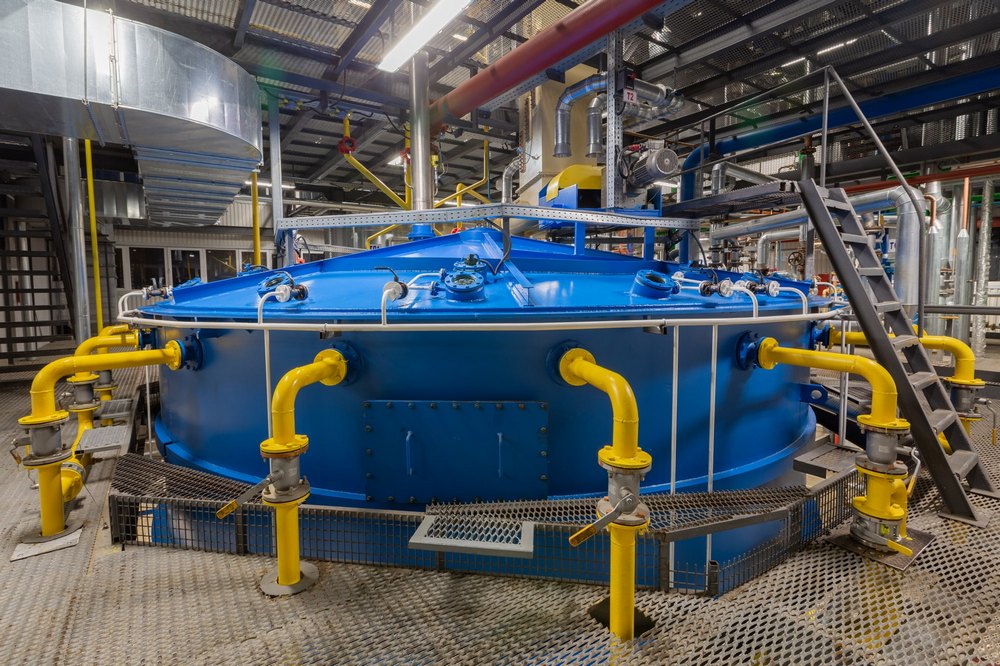
Toxicity and safety issues
The safety of the extracted vegetable oil depends on the quality of the solvent, compliance with the standards of the extraction process, quality control and compliance with regulatory requirements.
It is important to use solvents that are food safe and comply with regulatory standards. Proper execution of the extraction process also plays a key role in safety. This includes proper solvent use, temperature and pressure control, and optimal extraction conditions. Proper extraction techniques help minimize the risk of oil contamination and ensure product safety.
One of the ways to ensure the safety of extracted vegetable oil is strict quality control at every stage of production. It includes the selection of high-quality vegetable raw materials, control of the extraction process, laboratory analysis to determine the content of residual solvents, and an overall assessment of product quality.
If the extraction process is performed correctly and all relevant regulatory requirements are met, the extracted vegetable oil will be safe for human consumption.
Security measures and quality control
To improve product safety and quality control, the state standards are applied and the laboratory tests are perform.
Regulatory requirements and standards
There are regulatory standards and norms that set maximum permissible levels of residual solvents in vegetable oil. Requirements for vegetable oil are defined in DSTU 4492:2017 “Sunflower oil. Technical specifications” and DSTU 9127:2021 “High oleic sunflower oil. Technical specifications.” The standards contain requirements for the content of chemical impurities and toxic substances, as well as organoleptic characteristics. Compliance with these standards guarantees the safety of the extracted oil.
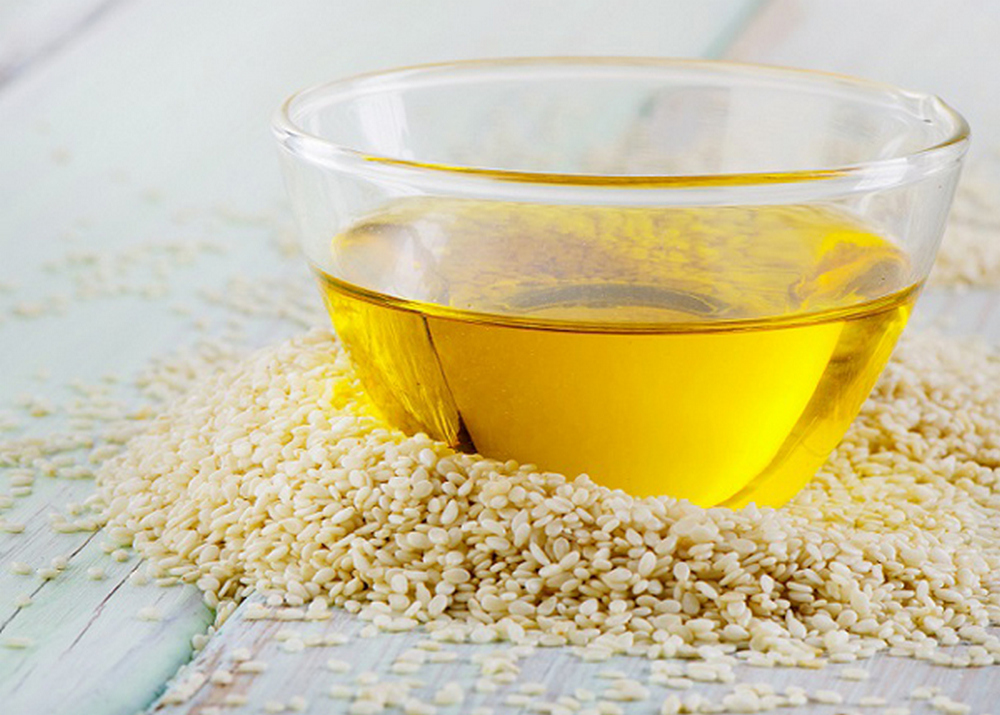
Technological methods of purification and removing solvents
Various process methods can be used to remove solvents. Here are some of the most common methods:
- distillation;
- evaporation;
- use of adsorbents;
- membrane technologies;
- refining.
The choice of purification method depends on the type of solvent, available equipment, and the required quality of the final product. Manufacturers typically choose a combination of methods to ensure efficient and safe oil cleaning from solvents.

